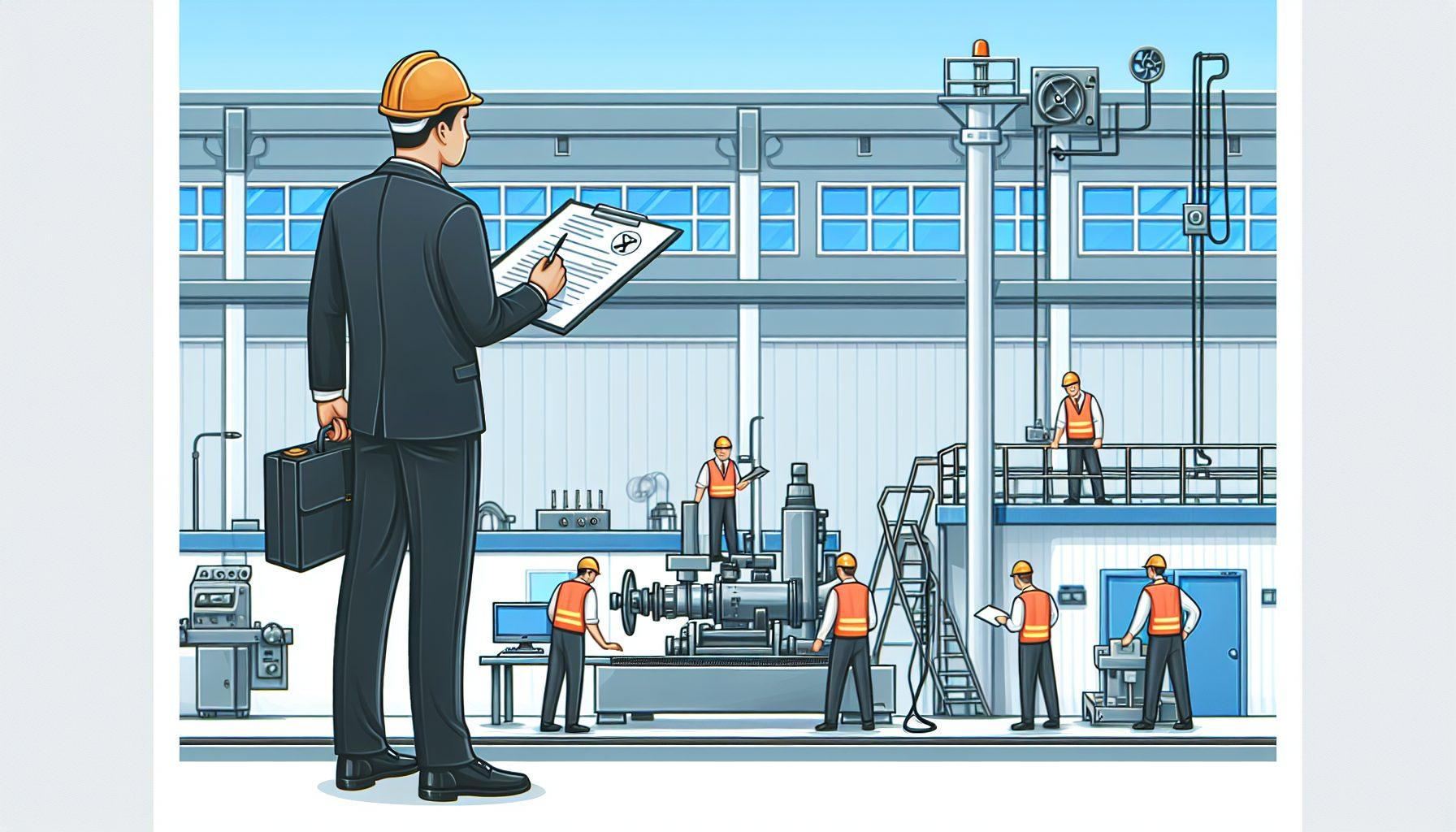Warehouse operations can be a dynamic and bustling environment, with various activities taking place simultaneously. Maintaining a safe working environment is of utmost importance to ensure the well-being of employees and prevent workplace accidents. One effective approach to achieving this is through safety site assessments.
The Importance of Safety Site Assessments
Safety site assessments play a crucial role in identifying potential hazards and risks within a warehouse facility. They involve a comprehensive evaluation of various aspects of the workplace, including equipment, processes, and employee behavior, with the goal of identifying areas that need improvement to enhance safety. By conducting regular safety site assessments, warehouse operators can proactively mitigate risks and create a safer working environment for their employees.
Warehouse safety evaluations are designed to identify any potential hazards and non-compliance with safety regulations. They involve a systematic examination of the warehouse layout, storage systems, material handling equipment, and work procedures. The assessment helps to identify critical areas where accidents are likely to occur, such as inadequate lighting, congested pathways, improperly stored goods, or malfunctioning equipment.
One key advantage of safety site assessments is their ability to identify hidden or overlooked hazards that may not be immediately apparent. For example, poorly maintained equipment or worn-out safety devices may go unnoticed in the daily operations of a warehouse. Through a thorough examination, potential risks can be identified and addressed promptly.
The Process of Safety Site Assessments
The process of conducting safety site assessments typically involves several key steps:
- Pre-assessment Planning: This stage involves gathering information about the warehouse layout, processes, and previous incidents. It also includes developing an assessment plan, including assessment techniques and tools.
- Physical Inspection: During this stage, the assessor conducts a detailed physical inspection of the warehouse facility. They examine areas such as the layout, storage systems, fire prevention measures, emergency exits, and signage. The assessor also observes employee behavior and adherence to safety protocols.
- Documentation and Analysis: All findings from the assessment are documented and analyzed. This includes identifying hazards, assessing the severity of risks, and recommending appropriate corrective measures.
- Recommendations and Action Plan: Based on the analysis, the assessor provides recommendations for improving safety and preventing accidents. These recommendations may include implementing additional safety measures, providing training for employees, or updating equipment. An action plan is developed to prioritize and monitor the implementation of these recommendations.
- Periodic Reviews: Safety site assessments should be conducted periodically to ensure ongoing compliance with safety standards and to identify any new hazards that may arise due to changes in the warehouse environment or operations.
The Benefits of Safety Site Assessments
Safety site assessments offer numerous benefits to warehouse operators, including:
- Preventing Accidents: By identifying potential hazards and implementing preventive measures, safety site assessments help reduce the risk of accidents. This, in turn, creates a safer workplace for employees and minimizes the chances of injuries and property damage.
- Cost Savings: Workplace accidents can result in significant financial losses due to medical expenses, compensation claims, and production downtime. By proactively addressing safety concerns, safety site assessments can help minimize these costs.
- Enhanced Productivity: A safe working environment leads to increased employee morale and productivity. When workers feel safe and confident in their surroundings, they can focus on their tasks without worrying about potential risks.
- Regulatory Compliance: Safety site assessments help ensure compliance with local and national safety regulations. This reduces the risk of penalties and legal repercussions for non-compliance.
- Continuous Improvement: Safety site assessments provide valuable insights into the effectiveness of existing safety measures. The recommendations and action plan resulting from the assessments allow for continuous improvement, ensuring that safety practices are regularly updated to address new risks and challenges.
Conclusion
In conclusion, safety site assessments are a vital tool in preventing workplace accidents within warehouse operations. By conducting regular assessments, warehouse operators can identify potential hazards, implement preventive measures, and create a safer working environment for their employees. the role of safety site assessments cannot be overstated, as they contribute to improved safety, productivity, regulatory compliance, and cost-effectiveness within warehouse operations.

